
Ahhh manuals. One of the few joys I miss about buying most computer games in boxes is the smell of a new manual. Good manuals were perfect for reading on the can or in bed when you’re about to go to sleep, or in between class or lunch breaks. Bad manuals, on the other hand, leave you ill-prepared for what the game would throw at you.
I still have many of my old computer game manuals, and I went through all of them to choose the best and worst of them, as well as those that were pretty decent and rise above average. Bear in mind, these are only the manuals of the games I’ve owned or played, so while I’ve missed some — like the amazing Megatraveller manuals — this list will cover those manuals I’m familiar with. Now, let’s get to it, shall we (Sorry for the blurriness of the manual pics)?
Horrid Manuals
These manuals are either too inadequate or too badly presented to be of much use to the gamer, and feel like an afterthought. These include:
Emperor of the Fading Suns – This is honestly a favorite game of mine, and I love it for its depth, its detail, its numerous gameplay options, its fleshed out universe and so on. The game shipped with problems such as AI and late game-breaking bugs, but one of the worst problems it shipped with was its manual. Weighing in at a mere 46 pages — much of which is taken up with overt spacing and empty whitespace — the manual barely describes how to even play the game. The worst part is that the universe upon which this game is based, Holistic Designs’ Fading Suns, is a very rich and vibrant universe…and the manual barely touches upon any of it. Overall, this is one of the worst manuals I’ve ever encountered in all of my space games.
Nexus: The Jupiter Incident – Nexus is a beautifully detailed space combat game that gives you a high level of control over highly detailed starships in order to take part in very dicey and precise combat missions. Sadly, the 42 page pamphlet of a manual barely gives the player an insight or information into this detailed universe or the the controls that the player will use. Sure, the game has an in-game tutorial, but a manual should compliment that. with Nexus, all the manual does is disappoint us.
Star Trek: Bridge Commander – For a game in which you’re put into the command chair of both a Galaxy and Soverign-class starship, the Captain’s Manual spends most of its time giving you dossiers of the crew you’ll be dealing with and briefings on the ships you’ll both command and encounter. As for the actual control over your starship, the manual gives you maybe 12 pages of information on how to actually interact with your crew in order to command your ship! The other 60-70(!) pages deal with multiplayer and the other portions I mentioned. Usually I love stuff like this, but it all feels so brief and rushed that I got no enjoyment out of it, let alone felt ill-prepared for when I began the actual game, which is a shame.
Universal Combat – For being one of the most detailed and complex space sims ever made — due to its Battlecruiser 3000AD lineage — this printed manual is absolutely atrocious. Universal Combat has a myriad of systems and controls whether you’re on foot or commanding a mighty Battlecruiser, and yet this 94 page manual barely skims over the basics needed to even command your ship or soldier, yet the game thrusts you into scenarios with no tutorial or guidance except this insipid manuscript. Sure, you could get the 200+ page PDF, but then what, print the whole damned thing out? Seriously, for as complex as this game is, this pathetic excuse for a manual looks more like the type of light reading you’d find in “Famous Jewish Sports Legends.”
Good Manuals
Freespace 2 – The best space combat game ever made has a pretty decent manual. At roughly 70 pages, this manual gives a good rundown of ships systems, controls and their usage, and really compliments the exceptional in-game tutorials well. While I would’ve loved to have seen more detail or history, this manual more than gets the job done.
Imperium Galactica II: Alliances – I’m a little biased in this one because this game is honestly my favorite 4X game ever. It has a great universe, superb and varied gameplay, and tons of replayability. Thankfully, the manual does a really good job of explaining how everything works both in space and on the ground, as well as a background into the major races of the game, and even brief descriptions of the technologies you can research. Given the depth of this game, this manual does a great job introducing players to the concepts and controls they’ll need to succeed.
Star Wars: Rebellion – Most folks seem to find the interface for this game annoying and cumbersome, but I never did, thanks to the well-written manual. I read the manual in its entirety before starting my first game of Rebellion, and found that it more than prepared me for the…idiosyncratic interface — which I’ll admit is a bit odd, but again, had no problems with it — that helped guide me through the treacherous and tumultuous world of Star Wars. I had a lot of fun with Rebellion, and the manual was a big part of that.
Starshatter: The Gathering Storm – This game is one of the more complex space sims around. For one, it allows fairly detailed control of starfighters and capital ships, and is one of the only space sims in existence with a fully dynamic campaign, the type you find in traditional flight sims. Thankfully, the manual gives a lot of detail in regards to flight training, communications, flight systems and much more. The manual also includes information on modding, the mission editor, and the history of the universe you’ll be flying around in. Overall, a great manual.
Star Trek: Klingon Academy – When I first Klingon Academy, I was elated to see the lovely, spiral bound 288-page manual that added so much heft to its already hefty box (the game came on many CDs). In reading it though, I found that is was terribly edited, which made reading it something of a chore. However, that’s balanced out by the fact that this manual gives quite a bit of detail on the actual usage of the game, which is a big plus because Klingon Academy is still one of the most detailed capital ship simulation you can buy, and I love it for that. :)
Excellent Manuals
Independence War: Deluxe Edition – Sadly I couldn’t find the manual to my original copy of I-War, but this manual more than made up for that fact. Independence War is a moderately detailed capital ship game in which the player has command over several stations (command, navigation, combat, engineering) and has to juggle them depending on what task needs to be completed at the time. The manual not only goes into good detail over the usage of each of these stations, but also includes a detailed technical guide on the Dreadnaught and her systems, as well as a combat guide to help with proper usage of weapons, maneuvering and so on. This is one of my favorite manuals ever written for a computer game because you could tell how much care was put into writing it.
Rules of Engagement/Rules of Engagement 2 (Tie) – The best manual (or in this case, manuals) to any game with a spaceship in it has to go, in my opinion, to the Rules of Engagement games. If you’ve not played them, the RoE games are some of the most detailed and engaging capital ship sims ever made. You have complete and detailed control over your starship using several stations for navigation, weapons, fleet management, communications and more, and each station has a wealth of control and information available. Thankfully, these manuals are more than up to the task of teaching the player how to handle the game properly.
First off, the Rules of Engagement Fleet Operations Manual is a 200+ page tome that includes a wealth of information on the story of the game and its history, the ships you’ll fight with and against as well as information on the parts within, the interlocking game system that worked with Breach 2, and a complete section on tactics. The beauty of this manual (and the RoE2 manual as well) is that it spends around 80 freaking pages discussing the interface and panels you’ll be using through your missions, with long and loving detail on each panel and system. This manual includes a wealth of information, and is a total joy to read.
Rules of Engagement 2 even came with three manuals, including a massive 160+ Fleet Operations Manual, a separate 20 page Training Manual, and a 45 page Builder Manual, all with indexes and tables of content each. The Fleet Operations Manual alone spent roughly 100(!) pages on describing the various ship systems in amazing detail, which is an amazing feat, in my mind. Since these games are so detailed and information heavy, the developers realized they’d need to take the time and expense to put all of this into a manual, and I’m very grateful that they did so.
Overall, the RoE manuals are the crown jewel of amazingly well-written, informative and enjoyable manuals, and I still sit down just to read them every so often, even though it’s been years since I’ve actually played the games. I just love diving into the technical details of the ships, their controls, and the universe that the player finds themselves in. These are the most amazing manuals to a space game I’ve ever owned, and you’d have to pry them out of my cold, dead hands.
Honorable Mention
Sid Meier’s Alpha Centauri – The Sid Meier’s Alpha Centauri manual is still one of the best of any sci-fi game ever made, as far as I’m concerned. The only reason I didn’t include it is because SMAC doesn’t take place in space, sadly enough. Regardless, this nearly 250 page tome is a testament to exceptional manual design, as it’s well-written, informative, and very enjoyable to read. If this game had spaceships in it, this manual would be at the top of my list, but alas, it wasn’t meant to be.
So there you have it, the best and worst space game manuals I’ve ever encountered. I hope you enjoyed this little trip down my memory lane, and if you have anything to add in terms of awesome or awful manuals, please feel free to do so. Thanks for reading!
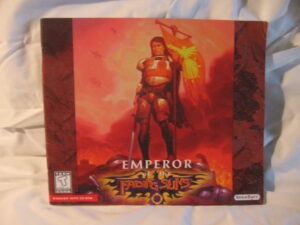


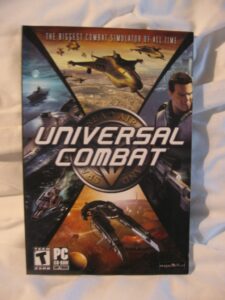
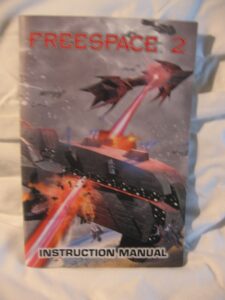
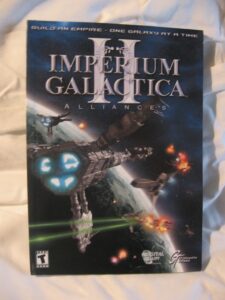
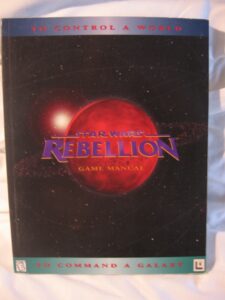
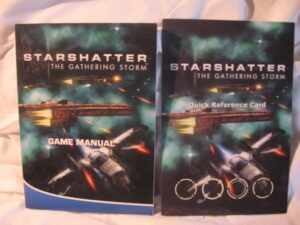
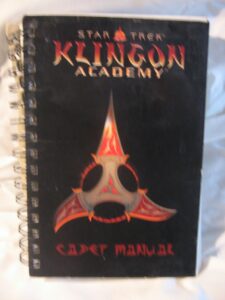
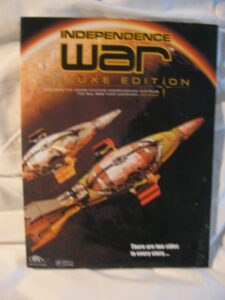

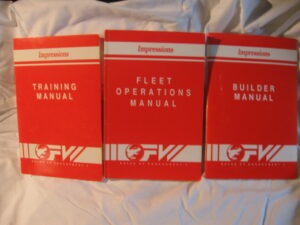

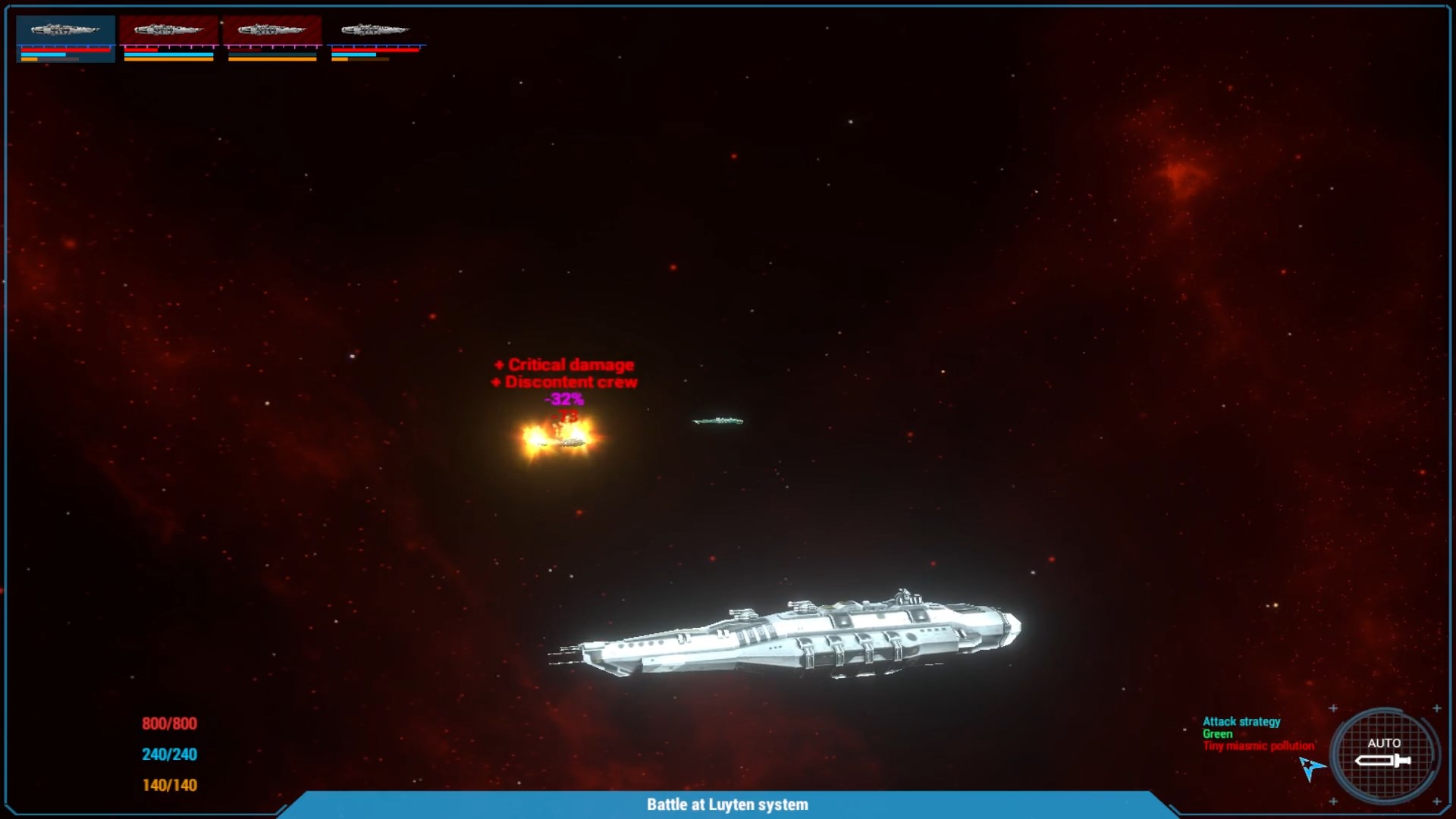
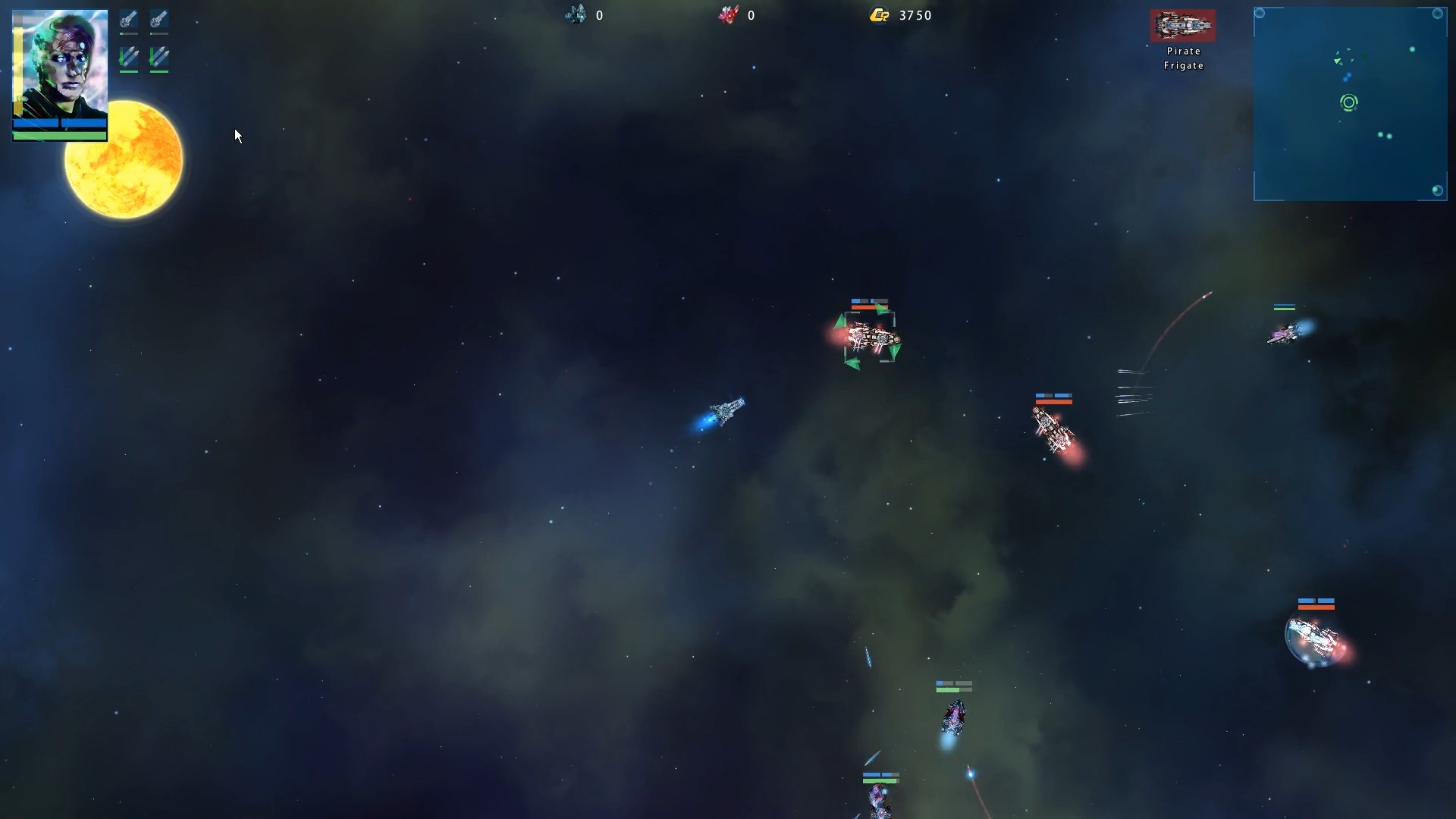
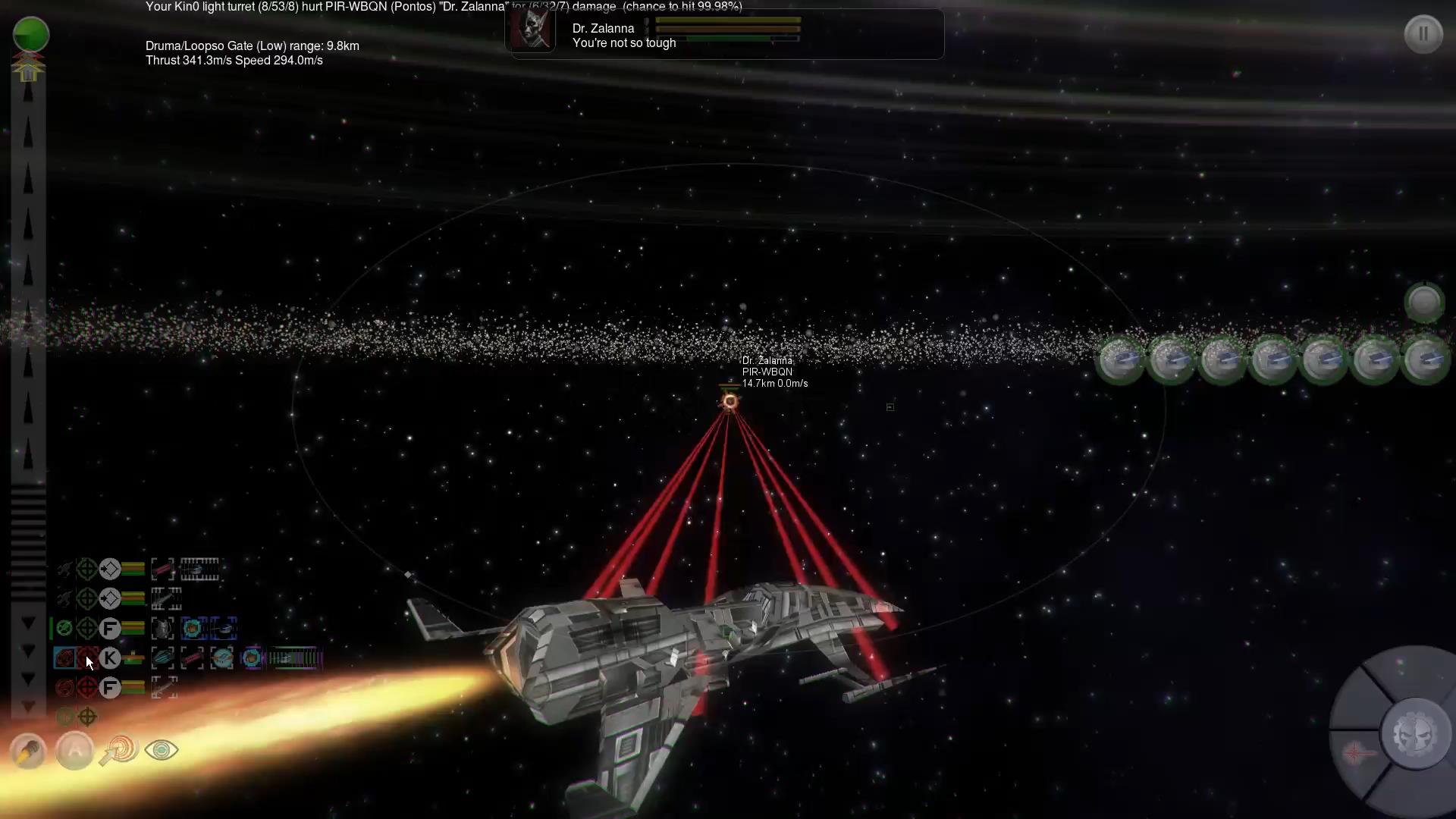
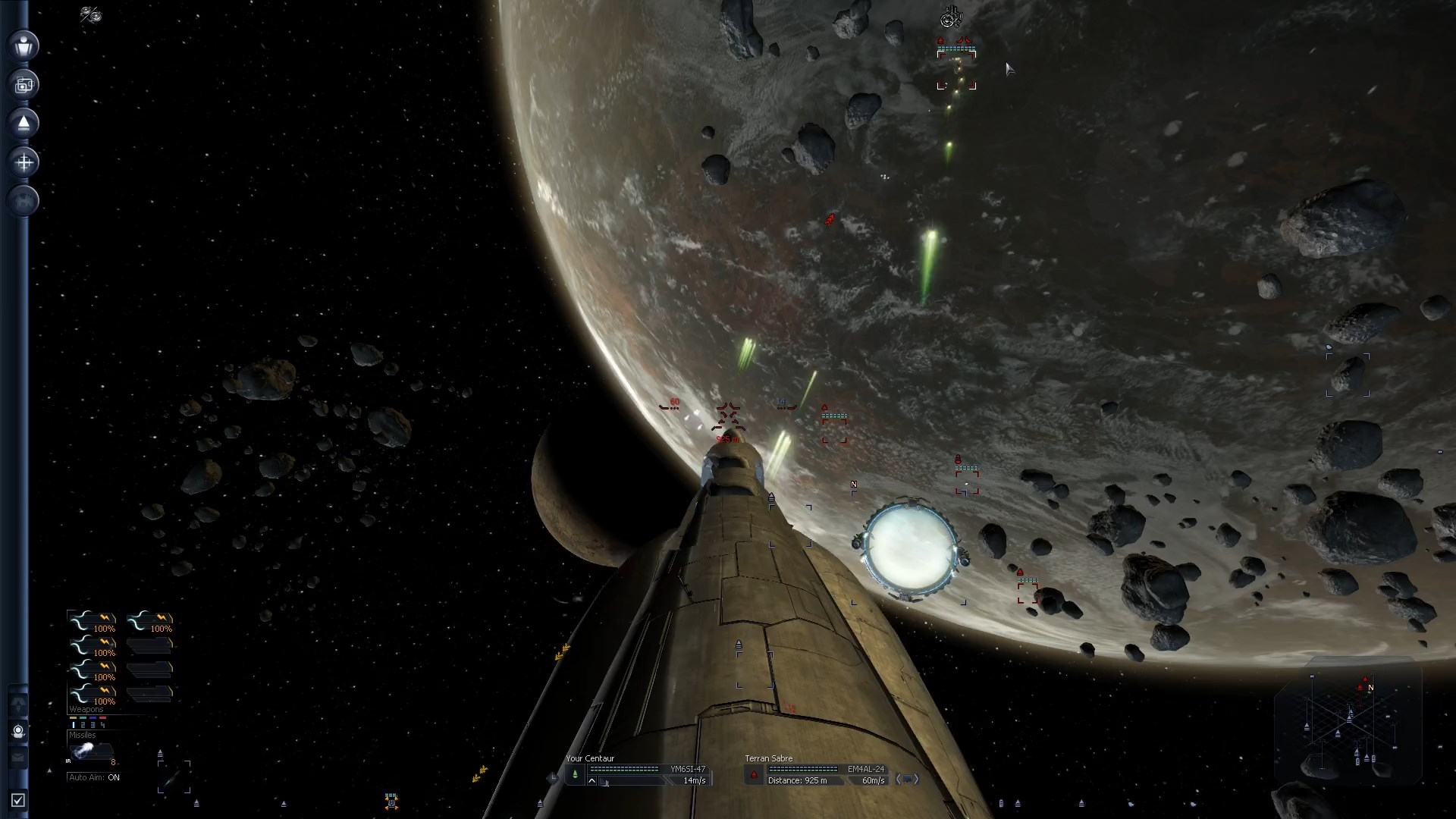
I hope they bring Emperor of the Fading Suns to Good Old Games. It seems to have a cult following but I missed it at the time. I read the pen-and-paper RPG rulebook back in the days when I was still in denial about my retirement from pen-and-paper roleplaying. Seemed like a game with great atmosphere.
I agree the SMAC manual is a beauty.
So was it possible to handle these beautiful old manuals and resist the temptation to install and start playing? I know I can't open my SMAC manual unless I know I have free time coming.
Tony
It's a great game once you've patched it. The base game had some serious issues, but once its patched and you actually learn how to play it, it's damned great. And I LOVED the FS RPG, ran a GREAT campaign with it years ago.
You wouldn't happen to have PDFs of the Rules of Engagement manuals, would you?
I do not, but Abandonia has the PDF of the first game:
https://www.abandonia.com/files/extras/25394_game_…
https://www.abandonia.com/en/games/749/Rules+of+En…
I was just thinking about the most detailed starship sims I've played, remembered Rules of Engagement and here I am. Thanks for those links. I'd really enjoy reading over the RoE manual again.
Awesome! Thanks for visiting, and yeah, RoE was so awesome, wasn't it? Siiiiiigh…
You don't happen to have the manual for Imperium Galactica II: Alliances scanned do you? It just came out for ipad and a lot of people are looking for it. Can you point me in the right direction to find the pdf of it?
Thanks!
Hi Jason, ans welcome to the site. Sadly, I don't have it scanned, and I've not as yet found a PDF of it online. If there's enough interest I can likely scan my own copy, if that'll help. :)
I think the manual was one of the reasons I never got into Universal Combat. I mean, if you knew what you were getting into with Derek Smart’s stuff, you bought the game at least partly because it promised to be so insanely complicated; so in-depth.
I vaguely remember alt-tabbing between the game and the PDF until it crashed. That’s almost all I remember. Such a waste.
Yeah, it was kinda painful at the time.